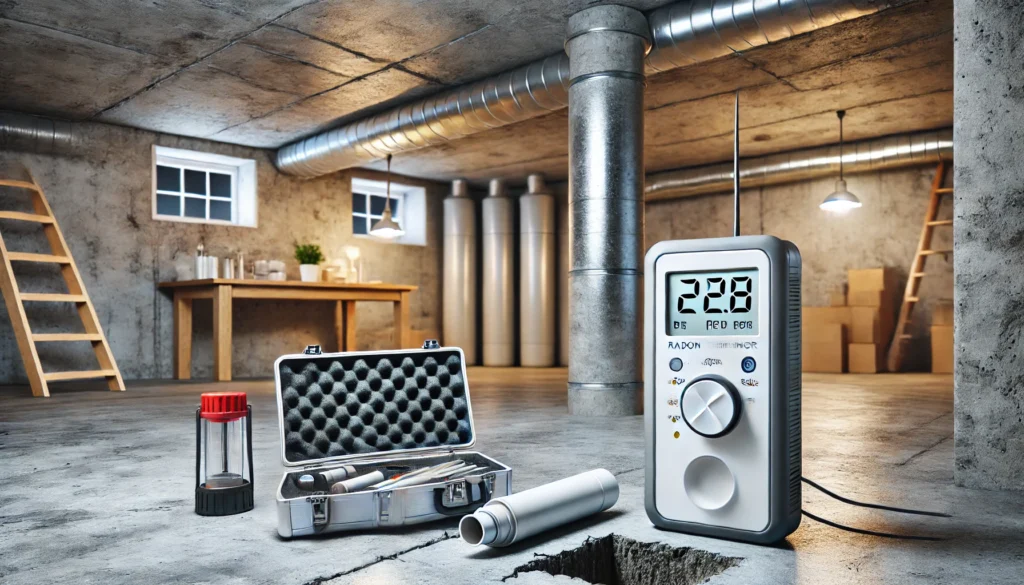If you’ve been to a hardware store or browsed online lately, you’ve probably seen them—radon test kits you can buy and use yourself. They’re small, affordable, and promise to tell you if your home is safe.
Sounds convenient, right?
But if you’re wondering, “Can I actually trust one of these kits?”—you’re not alone.
Let’s walk through what these test kits are, how reliable they really are, and when it’s smarter to get help from a professional like EnviroPro 360.
What Store-Bought Radon Test Kits Actually Do
Most home radon test kits are designed to be short-term tests (used over 2–7 days). They usually contain charcoal or a similar material that absorbs radon from the air while the kit sits in your home.
When the test is done, you send it to a lab for analysis, and they tell you your radon level.
Simple, right? Well… sometimes.
Yes, These Kits Can Work—But There’s a Catch
Here’s the truth: store-bought radon kits can be accurate, but only if:
- You set them up correctly
- You leave them undisturbed
- You follow all instructions
- You mail them quickly
- You choose a high-quality, lab-certified brand
And that’s where things often go wrong.
Even small mistakes—like placing the kit near a vent, leaving a window open, or forgetting to mail it right away—can throw off your results. Plus, some kits aren’t well-made, or they’re past their shelf life and don’t work as well.
Common Mistakes That Can Affect Your Test
Here are a few things that people often do (without knowing) that can mess up the results of a store-bought test:
- Placing the kit too close to a window or fan (fresh air can change the reading)
- Testing in the wrong room (like the kitchen or attic instead of the lowest living level)
- Leaving it out too long or not long enough
- Waiting too long to mail it to the lab
- Buying a low-quality or expired kit
It’s not that these tests are bad—it’s just easy to make a mistake if you’re not trained in what to look for.
What to Look For If You Buy a DIY Kit
If you’re set on using a store-bought test kit, here are a few things to keep in mind:
✅ Look for EPA-approved or NRPP-certified kits
✅ Follow the instructions exactly
✅ Use it in the lowest livable area of your home
✅ Avoid drafty areas like doors, windows, or HVAC vents
✅ Send it to the lab immediately after testing
And remember: the results from a short-term test are just a snapshot. Radon levels can change from season to season, or even day to day.
When to Choose Professional Testing Instead
DIY kits are helpful for a quick check—but they’re not always the best option, especially in situations like:
- You’re buying or selling a home
- You need official documentation
- You want to double-check suspicious results
- You don’t want to risk a mistake
- You just want peace of mind with certified testing
At EnviroPro 360, we use professional radon detection equipment that’s certified, highly accurate, and doesn’t rely on mail-in results. We handle the entire process for you—from placement to interpretation—so you don’t have to worry about making a mistake.
Plus, we can explain the results in plain English and help you figure out next steps if radon levels are high.
Final Thought: Trust the Kit—or Trust the Pros?
Here’s the bottom line: store-bought radon test kits can be useful, but they come with risks if not used properly. If you’re serious about your family’s health or you’re in the middle of a real estate transaction, it’s better to skip the guesswork.
Need trusted radon testing done right the first time?
EnviroPro 360 offers certified, local radon testing across Georgia and South Carolina. We take care of the setup, the science, and the answers—so you can breathe easier.


